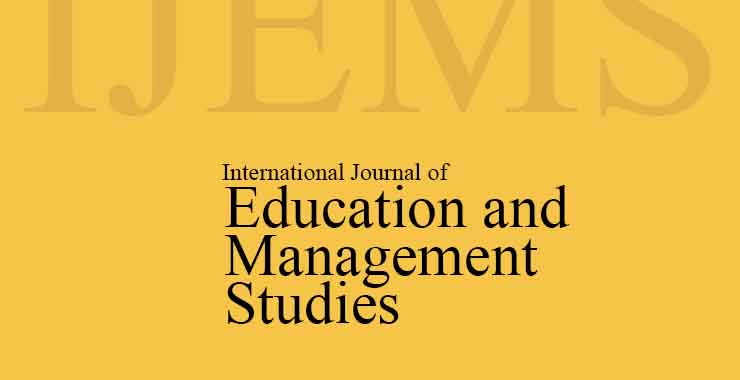Unlocking Agricultural Potential: A Constraints Analysis of Cauliflower Production in Haryana
Original price was: ₹ 201.00.₹ 200.00Current price is: ₹ 200.00.
Page: 301-304
Jyoti Pareek1, Amita Girdhar2, and Nitin Goyal3 (Department of Business Management, CCS Haryana Agricultural University, Hisar, Haryana1,2, and Mittal School of Business, Lovely Professional University, Phagwara, Punjab3)
Description
Page: 301-304
Jyoti Pareek1, Amita Girdhar2, and Nitin Goyal3 (Department of Business Management, CCS Haryana Agricultural University, Hisar, Haryana1,2, and Mittal School of Business, Lovely Professional University, Phagwara, Punjab3)
The main aim of the research was to examine the perceived challenges encountered by cauliflower farmers, alongside understanding their perspectives on enhancing income through cauliflower farming. Additionally, the study aimed to pinpoint the factors that influence farmers’ outlooks and their willingness to adopt cauliflower production technologies. Carried out between 2021 and 2022, the investigation took place in Panipat and Sonipat districts. It included 200 farmers who were chosen from various villages within the area. To rank these constraints, Garrett’s ranking technique was employed. The study analysed various problems and constraints related to the adoption of vegetable cultivation, encompassing economic, infrastructural, and technical aspects. The major economic constraints identified among cauliflower growers were the high cost of new HYV seeds, the high cost of chemical fertilizers, higher cost of fungicide, high cost of equipment and high cost of irrigation. The study’s findings revealed technical constraints, such as challenges in safeguarding cauliflower plants from unfavourable weather conditions, the high fertilizer demand for cauliflower cultivation, labour-intensive field preparation, and the need for adequate irrigation for cauliflower growth. Additionally, infrastructural constraints were identified, including delays in accessing credit facilities, limited availability of irrigation water, and a lack of transportation options.

